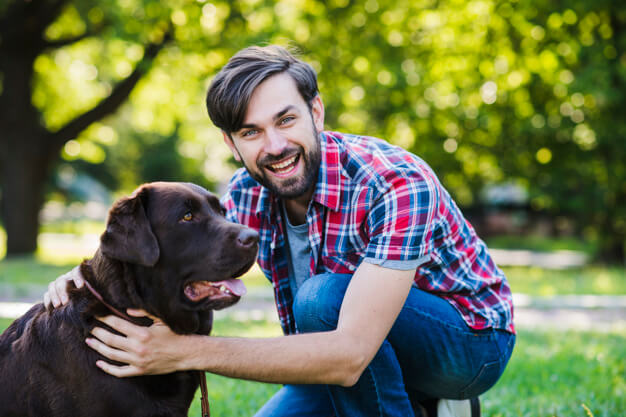Basset Hounds
April 29
At a glance:
- Breed: Group: Hunting Dogs
- Height: 13- 15 inches
- Weight: 25- 35 lbs
- Color: Tricolor (black, white and tan), open red and white (white fur with red spots), closed red and white (white feet and tail on a solid red),
- Life Expectancy: 10-12 years
- Average litter size: 8
History:
The Basset Hounds are a down line of St. Hubert’s Hound, which is a French lineage. Friars of the medieval France desired a type of dog that can follow a scent and hunt a classic sport. Originally they were used to hunt hare and rabbits and were later taken in as serious hunting dogs. During the rule of Napoleon II they found tremendous popularity. These actually are one of the two breeds Basset Artesian Norman- the one that is straight legged so that its speed would not be hindered, identified in 1911
Type of Work the Breed Does:
Though they were previously used in hunting rabbits and hares, now they are popularly used for hunting foxes since hunting of hares became illegal. They mostly hunt in packs and as members of a club hunting. The hunt troop not only consists of huntsmen but also of Whipper-Ins who are responsible for the discipline of the pack. They are good for sniffing down the prey from under thick bushes and dense forests.
Physical Representation:
They generally have smooth haired coats though rough haired coats are not negligible. Any of the various colors are acceptable in the standard, Basset Hounds generally are of a tricolor, open red and white, closed red and white and shades of lemon or white. There are some grey and blue specimens as well but they are both rare and considered undesirable. They have ears that go downwards and have a lot of loose skin that allows the formation of wrinkles. The tails can sit upright with a curve though they are tapering and long.
Personality and Temperament:
The Basset Hounds are good at keeping their calm and can provide good companionship. They are emotionally very sensitive and make friends easily with strangers and children. Since they are pack dogs, they do not like to be left alone the whole day and in case they are alone they can cause trouble. They are often difficult to train but can be trained by promising a reward. In case they sense something out of place, they growl and bark while they mummer to get attention and whine to get food.
Care:
As an owner of these species, you should take a note of the Gastric Dilation Volvulus because this condition needs immediate veterinary care to survive. Again, excess weight gain should be checked on the long body with short legs so as to prevent musculoskeletal issues. The long ears should be regularly cleaned to avoid infection. The eyes can become irritated when they dry up.
Living environment:
They do not like to be left alone and can get in to trouble if they find themselves to be. They also like exercises as long hikes or hunting that allows the use of their nose.

Have Questions? Call Us 1-800-777-3647
** Dealer participation may vary. Please check with your Dealer on their containment guarantee.
